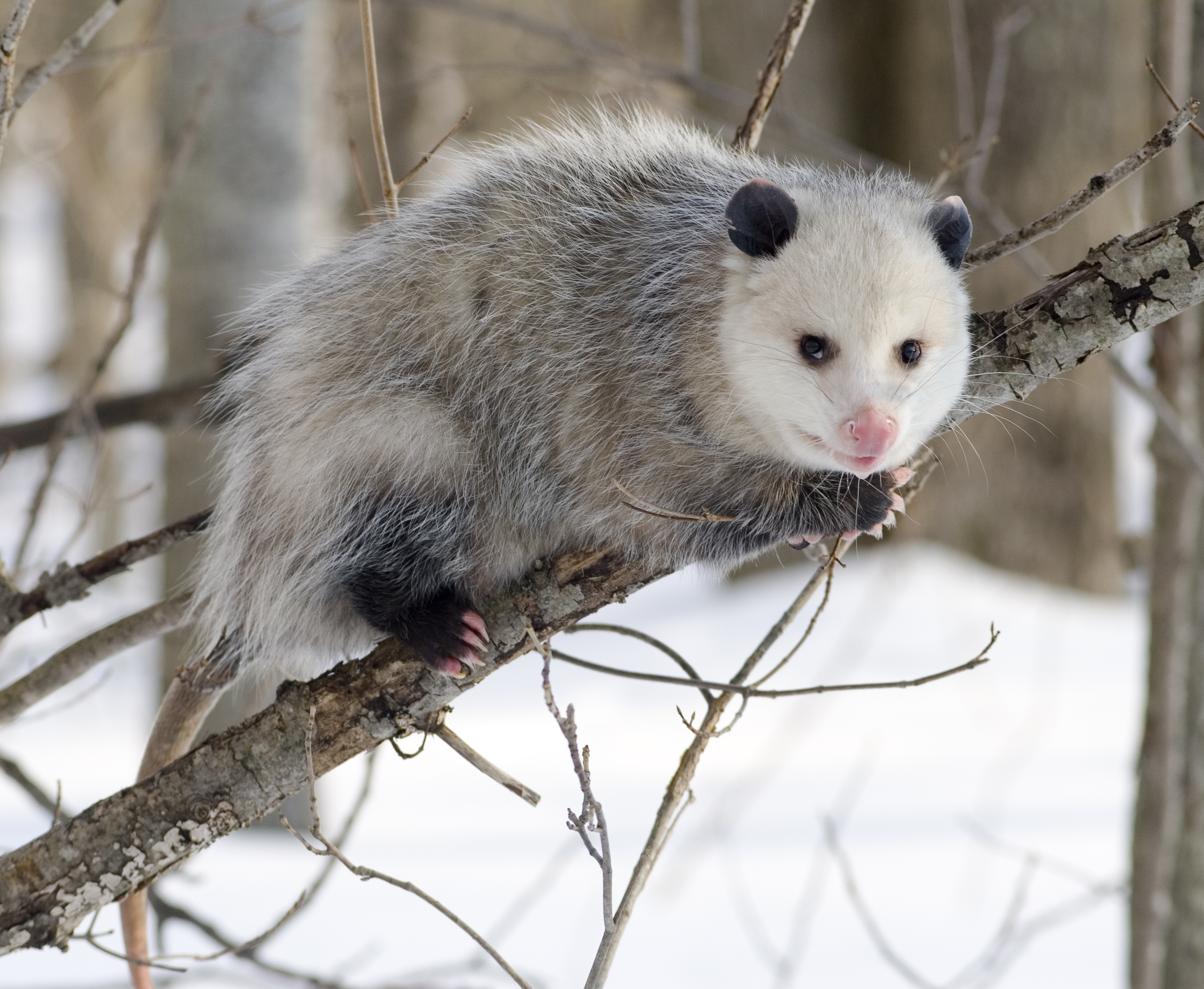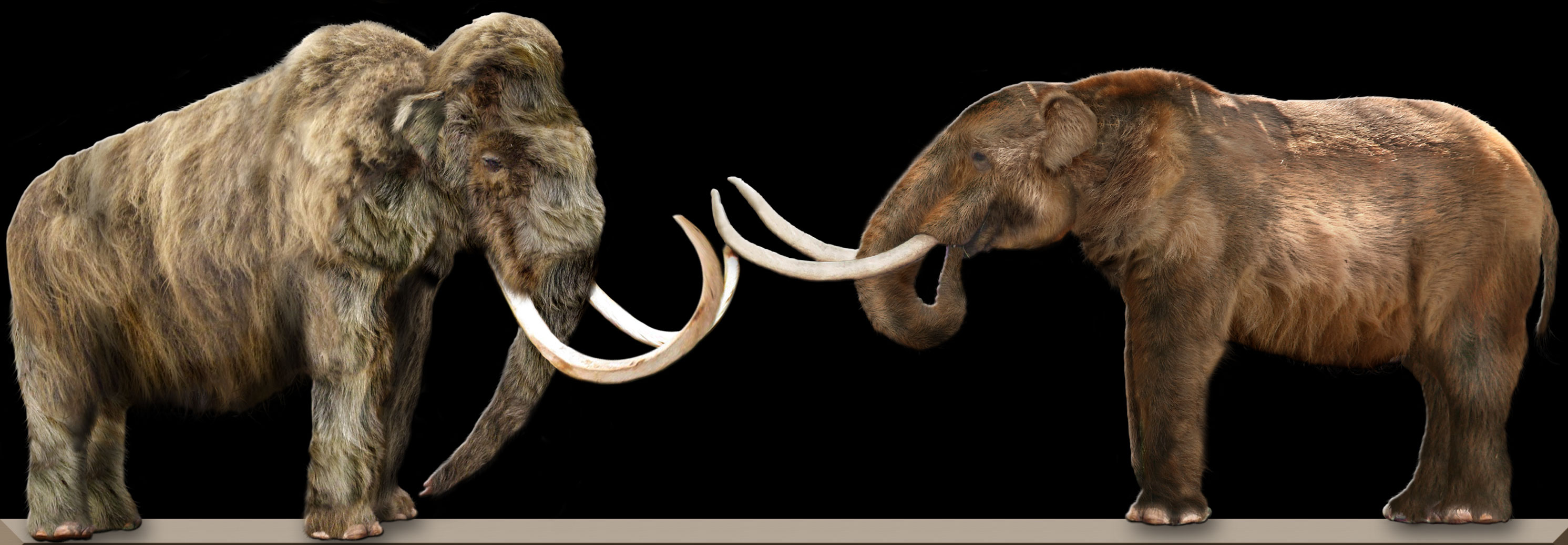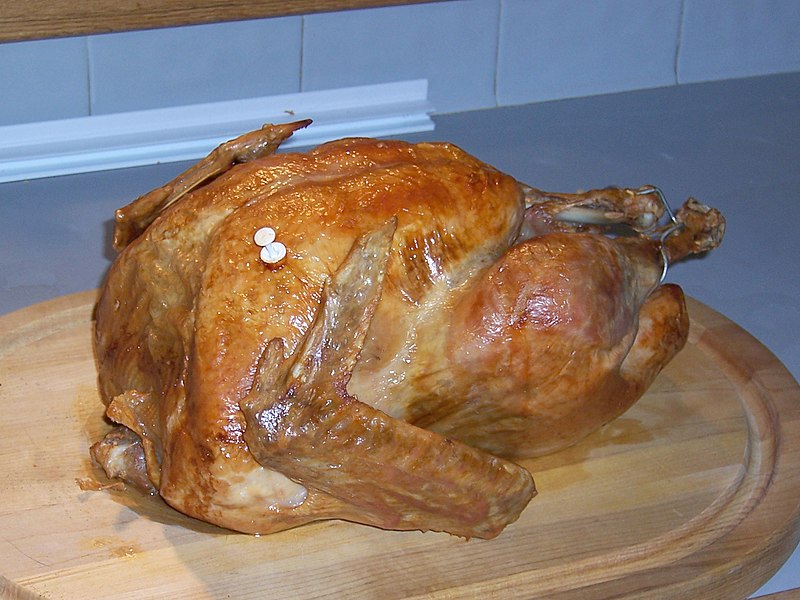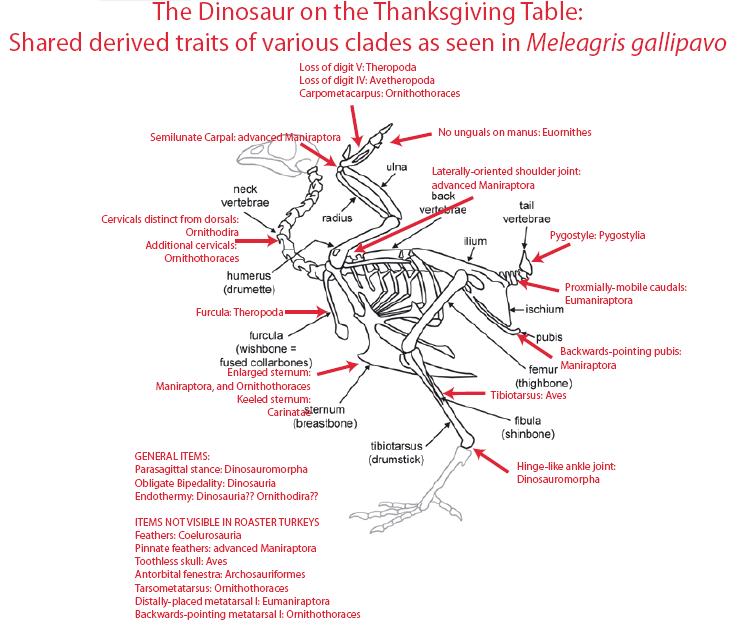"I have a possible explanation of why women live longer than men. Men have an XY sex chromosome while women have an XX sex chromosome. This results in both the greater potential for genetic (chromosomal) variation in men that successfully adapts to the environment (and passes the same to succeeding generations) and genetic mutation which results in both chromosomal deleterious deterioration and maladaptation that results in early cell and male human death (and which, therefore, is less likely to pass the deleterious chromosomal variation to succeeding generations). Thus, men, in general, live shorter lives than women because their environmental success has a significantly more profound influence on how appropriate their genetic make up is to adapting to the same. At the same time, men's genetic make up (XY vs XY) is much more susceptible to deleterious genetic aberrations and maladaptations. Of course, the aforementioned is simply theory."
Viewed through the lens of science, this suggestion makes a great hypothesis, so I thought I'd mention it here (total avoidance behavior, by the way - I've got a thesis to write!!). So why is it a good hypothesis? Because a good hypothesis is (among other things) one that suggests practical ways to challenge it's own validity. Using claims that logically follow from the original hypothesis, we can test those claims with experimental or observational data. In this case, our hypothesis is:
XY individuals lead shorter lives (on average) than do XX individuals because (on average) mutations in either the X or Y chromosome have the potential to result in greater phenotypic change.So what statements or predictions follow from this claim that we can test empirically? How can we try and falsify this idea? In this case, we need to look beyond humans for the answer to that questions...
Now, before we get all myopic and try and pretend all gender differences in all species boil down to this single hypothesis, we should be mindful of the myriad other differences between males and females that contribute to longevity. For example, in humans...
But hey, nothing in science would ever get done if we didn't take things one step at a time, so lets take a closer look at the hypothesis at hand.
I just so happens that here are other mechanisms of sex determination than the XX/XY system found in humans and other mammals. Many reptiles and birds, for example, have a ZW/ZZ system where unlike the mammalian system, ZZ=male and ZW=female. So putting this fact together with our summary statement above, we've come up with a quick prediction: that in birds and reptiles with ZW/ZZ sex determination, the females should be the shorter-lived sex.
So what's the story in birds? A quick web search (sorry - I need to get back to work!) revealed that people have actually considered this hypothesis before and done some of the leg work for us already. For example, in Austad 2006 (reference below) the author writes:
Another way to investigate the hypothesis that the sex possessing the heterogametic chromosomes is going to be longer-lived is to consider birds, because the sex-chromosome situation is reversed compared with mammals. In birds, it is the female that has 1 short and I long sex chromosome, and therefore does not have the backup of the 2 long sex chromosomes (the Z chromosomes) that the male has. The prediction is that if heterogametic sex is a key factor, then male birds should be longer-lived. In fact, in 3 species of birds, including budgerigars, zebra finches, and Japanese quail, males outlive females, at least in captivity. For every bird species that I have been able to find in which there is good captive data, males outlive the females. Certainly, this is provocative evidence that would seem to favor the heterogametic sex hypothesis. It is of concern, however, that in some avian species, the female has been reported to outlive the male, but all of these reports were from field studies and are thus difficult to interpret for the reasons discussed previously.
I like the heterogametic sex hypothesis because it is biologically interesting. Unfortunately, that does not mean it is true. There are some problems with this hypothesis that can be illustrated with Brandt's bat, a small bat that weighs about 7 grams and is a third to a quarter the size of a mouse... [author cites a study that found males appeared to be longer lived.] We just don't know the answers to these questions because we do not know what the underlying physiology is and whether behavioral differences or physiological differences are responsible for this remarkable observation in a Siberian cave.
We are also aware of some mammals in which the males are significantly longer-lived than the females; we have very good captive data for 2 of these species, the guinea pig and the golden hamster. In both species, the males live substantially longer than the females, thereby contradicting the heterogametic sex and estrogenic hypotheses. Again, this is a problem in a general biological sense; it may very well be that one of these hypotheses is absolutely valid for humans but is just not generalizable to the rest of mammals. I would like a general explanation, and that is something we currently do not have.
So strictly speaking, this hypothesis is toast. Plenty of evidence to the contrary is floating around out there, so we can rule it out as an accurate summary of reality. But does that mean we just throw it out? Heck no! Instead of viewing hypotheses as a black and white question of "true vs. false," we instead seek to refine the statement (if possible) and make a new hypothesis consistent with this new information.
For example, we may include the caveat that other processes might matter more in some species than accumulated deleterious effects, thus restricting the kinds of organisms we can apply our hypothesis to. Also, better experimental investigations could better challenge the core idea behind our hypothesis: genetic changes in the sex chromosomes and their resulting phenotypic changes. As you can see, all this hypothesizing and testing can snowball into an entire career of work fairly quickly.
As much as I'd love to continue probing the world of longevity and gender genetics, I'm afraid I've got work to do (thesis work!). If I've piqued your interest and you turn up any other interesting studies on the subject, feel free to share in the comments below.
References
- Austad, Steven N. 2006 "Why women live longer than men: Sex differences in longevity." Gender Medicine 3(2). doi:10.1016/S1550-8579(06)80198-1





























